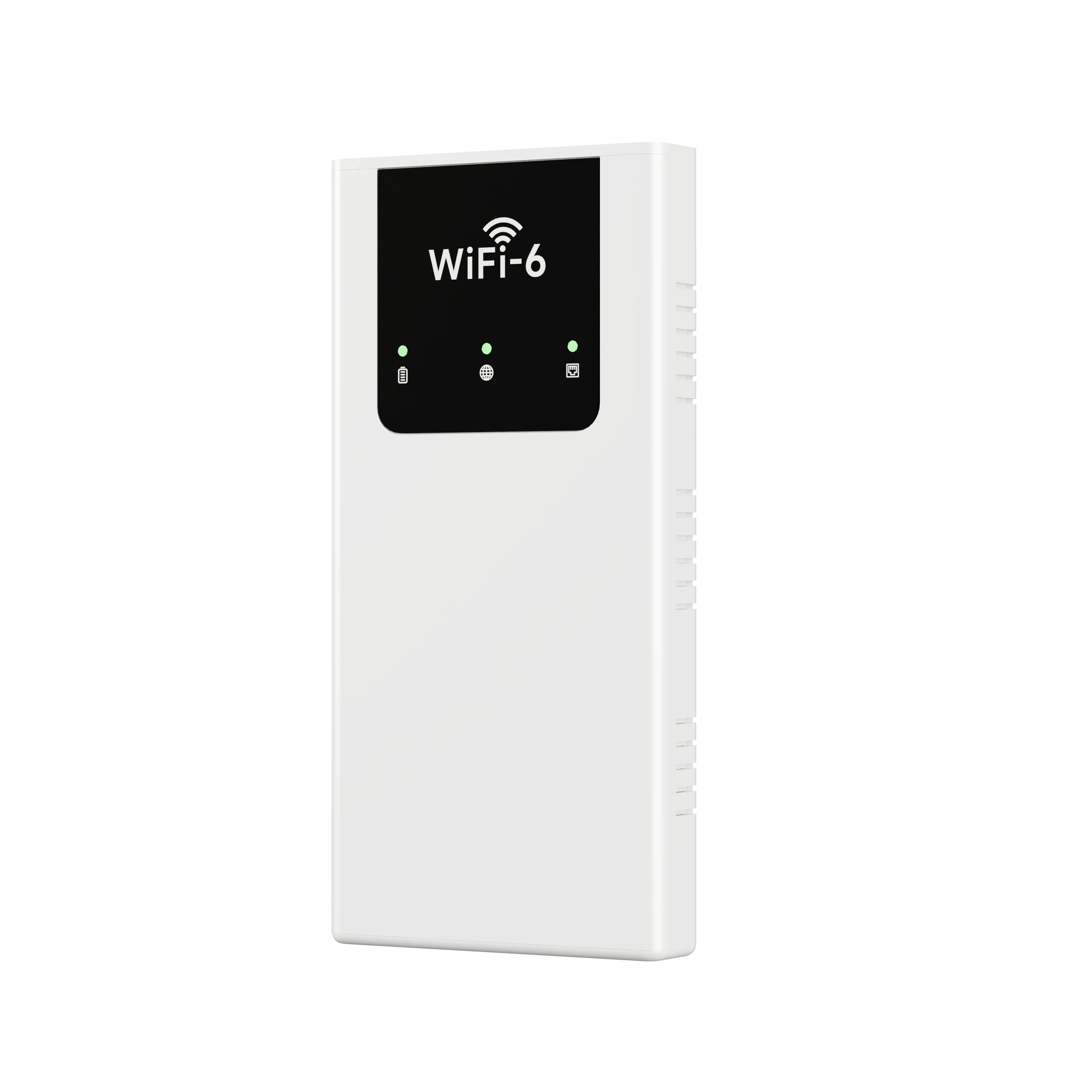Soldering is an essential skill in electronics, enabling the creation of reliable connections between components. Whether you're a hobbyist, a professional technician, or an engineer, understanding the do's and don'ts of soldering can significantly impact the quality of your work. This article delves into the critical aspects of soldering, providing practical insights to enhance your technique and ensure safety.
The Do's of Soldering
- Do Prepare Your Workspace
A clean and organized workspace is crucial for effective soldering. Ensure that your work area is free from dust, debris, and unnecessary tools. Use an anti-static mat to prevent electrostatic discharge (ESD) that can damage sensitive components. Adequate lighting is also essential for visibility, allowing you to see the fine details of your work. - Do Use Quality Tools
Investing in high-quality soldering tools can make a significant difference in your soldering experience. A reliable soldering iron with adjustable temperature settings allows for precise control. Additionally, use lead-free solder that meets industry standards, as it is safer and more environmentally friendly. Other essential tools include soldering flux, desoldering braid, and tweezers. - Do Clean the Components
Before soldering, ensure that the surfaces of the components and the PCB (Printed Circuit Board) are clean. Use isopropyl alcohol and a lint-free cloth to remove any oxidation or contaminants. This step is vital for achieving a strong bond and preventing cold solder joints. - Do Heat the Joint Properly
When soldering, it’s essential to heat both the component lead and the PCB pad simultaneously. This ensures that the solder flows evenly and creates a solid connection. Apply the solder to the joint, not the iron, allowing it to melt and fill the gap. A properly heated joint will result in a shiny, smooth solder fillet. - Do Practice Good Technique
Maintain a steady hand and a consistent angle while soldering. A common technique is to hold the soldering iron at a 45-degree angle to the joint. This position allows for better control and minimizes the risk of accidental damage to nearby components. Additionally, practice on scrap materials to refine your skills before working on critical projects.
The Don'ts of Soldering
- Don't Rush the Process
Soldering requires patience and precision. Rushing can lead to mistakes, such as cold solder joints or bridging connections. Take your time to ensure each joint is properly soldered before moving on to the next. Quality over speed is the mantra to follow. - Don't Overheat Components
Excessive heat can damage sensitive electronic components. Be mindful of the time you spend applying heat to any joint. If you notice discoloration or melting of the component, you’ve likely overheated it. Use a heat sink or tweezers to dissipate heat if necessary. - Don't Ignore Safety Precautions
Soldering involves high temperatures and potentially harmful fumes. Always work in a well-ventilated area or use a fume extractor to minimize inhalation of toxic fumes. Wear safety glasses to protect your eyes from solder splashes, and consider using heat-resistant gloves to prevent burns. - Don't Use Too Much Solder
Applying excessive solder can create bridges between adjacent pads, leading to short circuits. Aim for a small, neat amount of solder that adequately fills the joint without overflowing. A good solder joint should have a concave shape, indicating proper wetting of the surfaces. - Don't Forget to Inspect Your Work
After soldering, always inspect your joints for quality. Look for signs of cold solder joints, such as dull or grainy appearances. Use a magnifying glass if necessary to ensure that there are no solder bridges or other defects. A thorough inspection can save you from future issues and ensure the reliability of your project.
Conclusion
Mastering the do's and don'ts of soldering is essential for anyone involved in electronics. By following these guidelines, you can enhance your soldering skills, ensure the safety of your workspace, and produce high-quality connections. Remember that practice makes perfect; the more you solder, the more proficient you will become. Embrace the art of soldering, and let your projects shine with precision and reliability.
